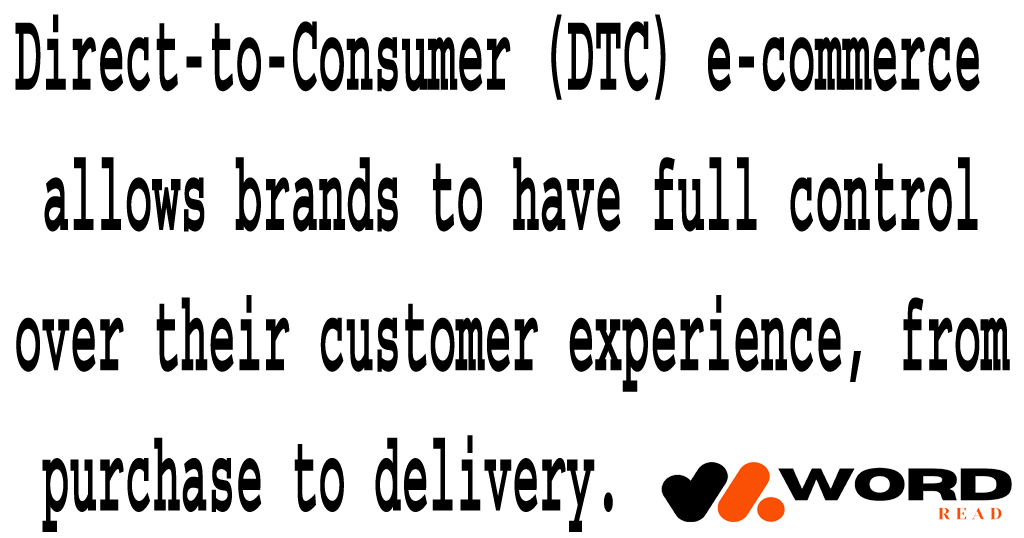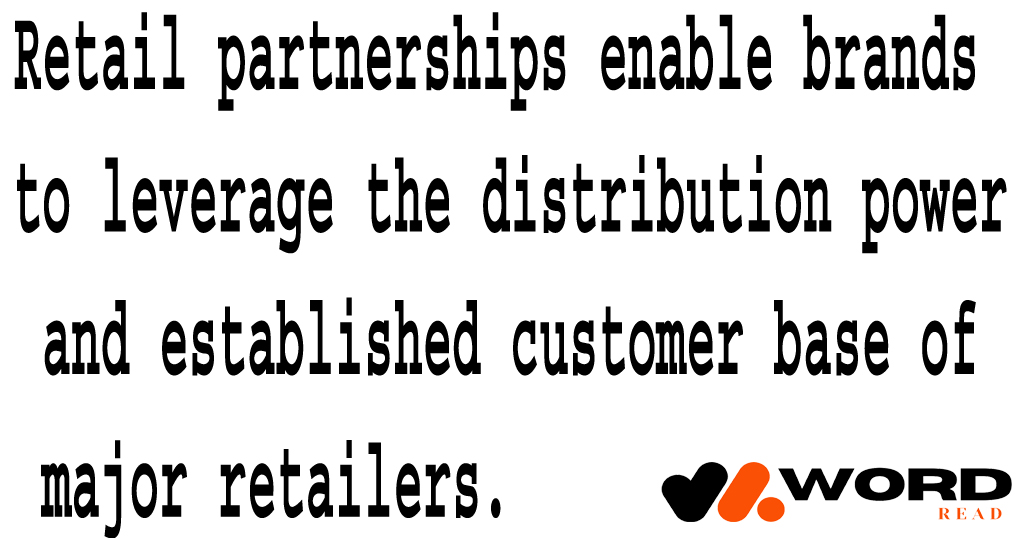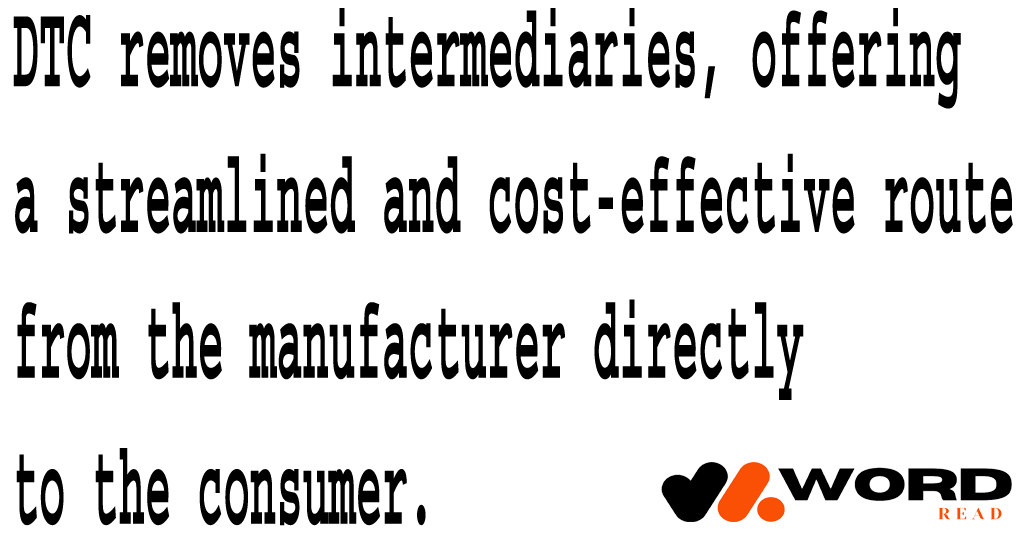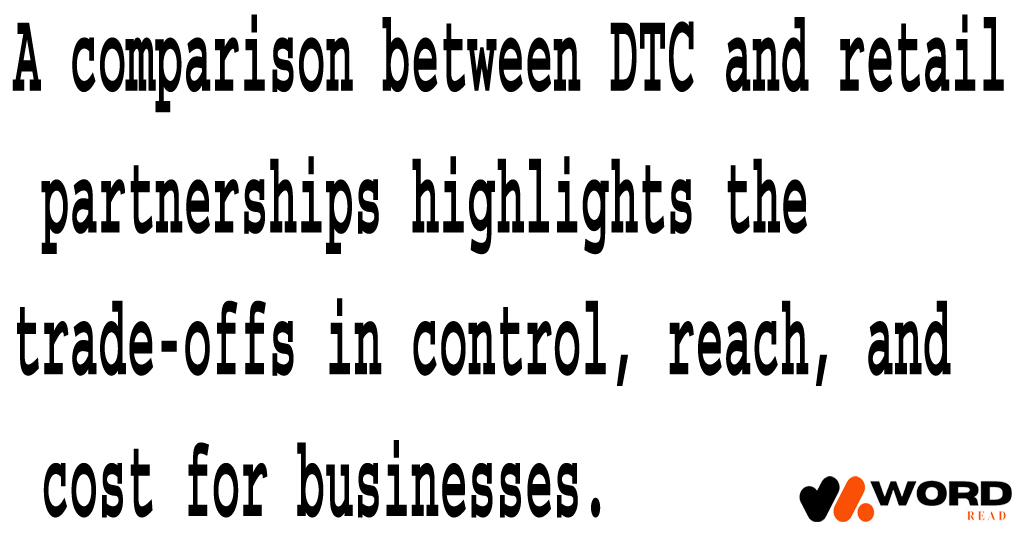Direct-to-Consumer vs. Retail Partnership:
Direct-to-consumer (DTC) and Retail Partnership are two popular routes through which businesses may explore. E-commerce is an essential growth opportunity for companies all over the world as the digital economy grows. In 2024, it brings both new chances and difficulties in business. Every technique has pros and cons. So, companies need to evaluate their particular scenario in order to decide which strategy will work best for their business.

Direct-to-Consumer:
The direct-to-consumer (DTC) retail model allows brands to sell their products directly to customers. In this technique, products sell without relying on third-party retailers or wholesalers. The key elements of DTC which companies have to notice include managing product stock levels, managing order processing, not relying on third-party sources and controlling customer communication.
Retail Partnership:
A retail partnership is an arrangement where two businesses work together to utilize each other’s resources and audience base. In this way, two brands with complementary but non-competing consumer support collaborate. They are not direct competitors but their customers connect with each other. The two brands can benefit from each other’s increased sales and brand recognition.

Direct-to-consumer Vs Retail Partnership:
The DTC model has been increasingly popular over the last ten years due to the growth of social media marketing and e-commerce platforms. The opportunity to offer products directly to customers and deal with middlemen is one of DTC’s major benefits. This strategy delivers larger gross profit margins since brands no longer share income with wholesalers or retailers. They keep complete control over price which is important for high-margin items or specialized offerings that might not do well in traditional stores. The DTC brands can use customer data to personalize marketing, improve loyalty and increase lifetime value.
Retail partnerships enable access to a more extensive client base and brand credibility by collaborating with widely recognized businesses to sell products. Businesses can also take advantage of the retailer’s facilities which lowers their maintenance costs through these collaborations. It also allows them up to concentrate on marketing and product development. These partnerships can involve engaging part in special offers or discount programs. But they also have lower profit margins and less control over price, in-store positioning and customer experience.
Which is more profitable in E-commerce success in 2024?
DTC is typically more successful in terms of gross profit margins since it allows brands to keep a bigger portion of sales income by doing deals with distributors. However, making large network and marketing investments is necessary to achieve high profitability with DTC. DTC can yield higher returns for firms with the capacity to create effective customer attraction strategies and effectively handle transportation, particularly for luxury, high-margin and specialized products.

On the other hand, Retail partnership offers more consistent and versatile revenue. The opportunity to reach a larger audience and take advantage of the retailer’s resources can result in a higher number of sales. It also compensates for the lower profit per unit even with lower margins. Retail partnerships provide more stable and predictable revenue streams for larger brands or those with mass-market appeal, reducing the risks related to getting customer’s expenses and shipping.
What are the drawbacks of each strategy?
Direct-to-consumer (DTC) and Retail Partnerships provide different problems in addition to their own advantages that should be considered while analyzing their respective techniques.
Drawbacks of Direct-to-consumer:
Direct-to-consumer brands also lack convenience for consumers due to their focus on personalized experiences and larger platforms. The longer shipping times, inconvenient returns, and lack of instant product availability also turn into potential buyers. On the other side, larger platforms offer multiple brands and products in one place.
Drawbacks of Retail Partnership:
Retail partnerships also cause a delay in the uniqueness and distinction of brands by placing their products among competitors. It also restricts the brand’s control over consumer interactions in retail settings. They put their own items front and center and after that expose them to retailer pricing and promotional techniques that might not be consistent with the brand’s identity or values.
Conclusion:
The direct-to-consumer (DTC) and Retail Partnerships both have clear benefits as e-commerce grows in 2024. A combined strategy will probably determine success for a large number of businesses. The most effective strategy will ultimately depend on each company’s unique objectives, target market, and available resources.



1 Comment
Pingback: Subscription Services vs. Traditional Retail: Which Model is the Future of E-Commerce - YOUR DAILY DOSE OF INSIGHTS